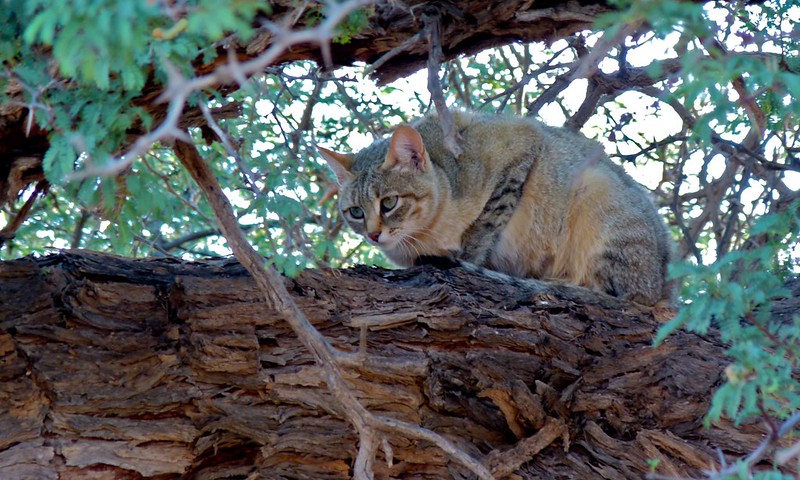Cat Tales - The Litter-Box Lifestyle
Preventative care and the litter box, plus tips and strategies to help keep your cat peeing inside the box!
It seems likely that cleaning kitty litter is everyone’s least favorite part of having a kitty roommate. It may surprise you to realize that this chore is also a part of an effective preventative care routine.
So, what role does litter (of all things) play in maintaining a cat’s wellness?
Firstly, we’ve already discussed the importance of tracking your kitty’s weight and food intake over time as data points to share with the vet at each wellness check. Along with that is the importance of monitoring water intake.
However, modern house cats are mainly descended from African Wildcats in the Fertile Crescent. As inhabitants of a dry environment, African Wildcats and their modern domestic descendants adapted to an environment without much free water. Consequently, observing the water intake of cats is notoriously difficult. Cats can get a significant proportion of the water intake from wet food, or on the sly from less obvious water sources (such as an open toilet bowl). It is rarely as simply as simply observing their behavior, as you can with food intake.

However, modern house cats are mainly descended from African Wildcats in the Fertile Crescent. As inhabitants of a dry environment, African Wildcats and their modern domestic descendants adapted to an environment without much free water. Consequently, observing the water intake of cats is notoriously difficult. Cats can get a significant proportion of the water intake from wet food, or on the sly from less obvious water sources (such as an open toilet bowl). It is rarely as simply observing their behavior, as you can with monitoring how much food they eat.

Enter the litter box. When scooping or emptying, the size of clumps over time can indicate changes in water intake. Consider taking a photo of how many clumps end up in the garbage after a day of use, next to an object like the scoop to reference size. If you do this over time, it can reveal trends that are invaluable to a vet. In addition, really large clumps are a clue that a cat may have urinated in a large volume, a potential warning sign of kidney disease.
Litter box behavior can also be revealing, even when a cat is refusing to use it. A failure to pee in litter can indicate behavioral issues such as anxiety, or may be a symptom of physical illness. It can also simply be that cats prefer a clean environment, and the litter needs to be scooped or totally replaced.
In order to eliminate environmental factors that could be impacting a cat’s refusal to use litter, it is important to provide (on average) a number of litter boxes equal to the number of cats, plus one. It is also important to keep the litter generally clean, ideally by scooping daily. The style of litter box can also make a difference: some cats seem to prefer an enclosed space, while others will favor an open box. Size can also make a difference, with cats frequently preferring room to move around in.
It is also worth considering placement and ease of access. High sided litter boxes have the benefit of preventing a cat from accidentally peeing outside the box by peeing over the edge, but many cats will be reluctant to jump over a tall sided box if they cannot see what is on the other side, especially as they age. One option is to give them a step, so they can look over the side. Another is to use a box that has a narrow entrance cut into the side. (It can even be effective to buy a plastic bin and cut your own opening. This also lets you choose a very specific size, including extremely large bins if necessary.)
For placement, try experimenting with corners, or along the middle of a long wall, or concealed behind a screen or furniture. As with enclosed litter boxes, some cats prefer to use a box that has some privacy, whereas others may feel trapped in such an environment, and only use boxes where they have a clear view of their environment.
Thanks for reading!